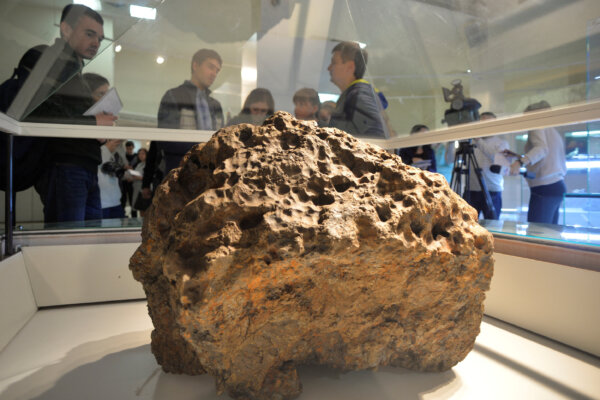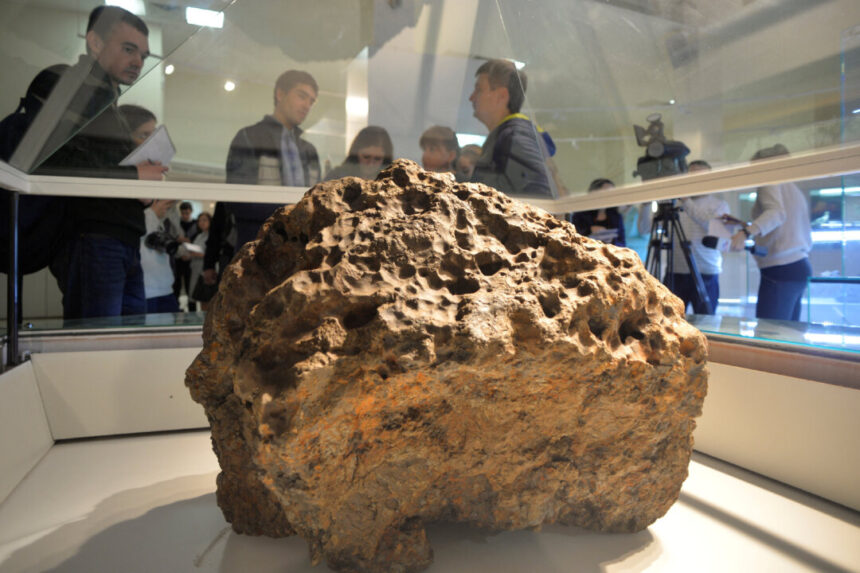
Astronomers have conducted new research to determine the origins of meteorites that have landed on Earth. They have found that about 70 percent of known meteorite impacts come from three groups of asteroids located in the main asteroid belt between Mars and Jupiter.
By studying the composition of meteorites and asteroids in our solar system, researchers have been able to account for the sources of most of the tens of thousands of known meteorites that have landed on Earth.
Numerical simulations were used to model the formation and evolution of asteroid families in the main asteroid belt. These families consist of asteroids with similar orbits that were created from collisions between larger asteroids.
The research identified specific asteroid families responsible for different classes of meteorites. The Massalia asteroid family, formed about 40 million years ago, is linked to L chondrites, while the Karin and Koronis families, formed millions of years ago, are associated with H chondrites.
Other meteorites can be traced back to the Flora and Nysa asteroid families, as well as the asteroid Vesta. Only a small percentage of meteorites come from Mars and the moon.
Further research is ongoing to determine the sources of the remaining meteorites. One study found that an object formed beyond Jupiter and migrated inward to become part of the main asteroid belt before being sent towards Earth.
Understanding the origins of meteorites is crucial for planetary defense. In 2022, NASA’s DART spacecraft successfully changed the trajectory of an asteroid in a proof-of-principle mission.
Meteorites provide valuable insights into the early history of the solar system. Chondrites, primitive meteorites that have preserved their original composition since the formation of the protoplanetary disk, offer clues about the early stages of planet formation.





